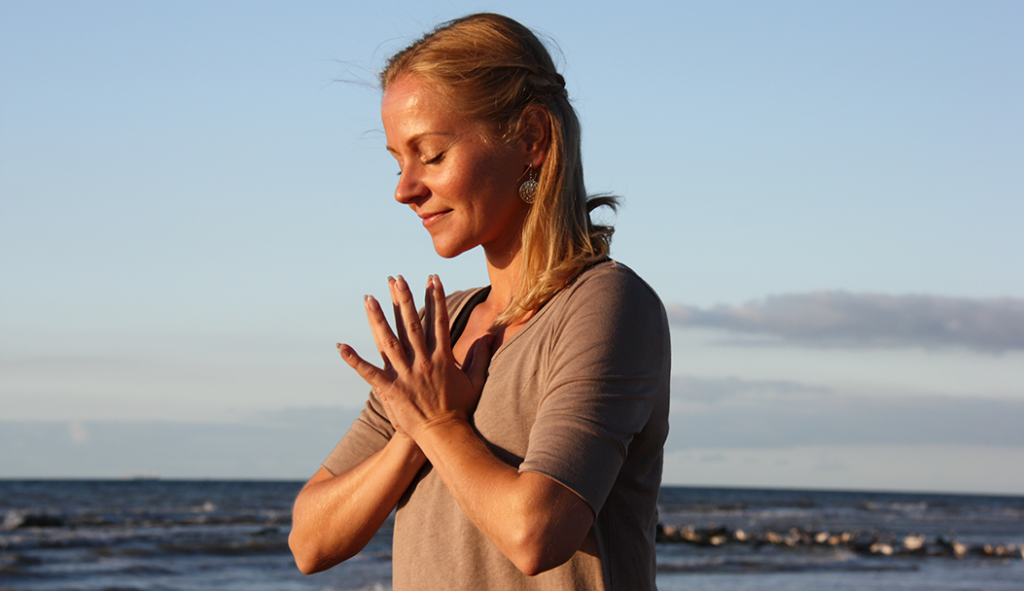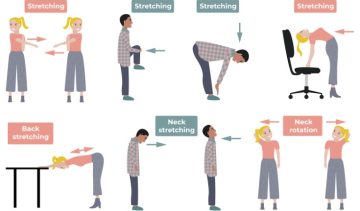You often see this gesture on photos with yoga poses; hands together and in front of the chest. This gesture is also used at the end of each yoga class to conclude it. But what does it mean, where does it come from and how do you do it exactly? In this blog I will explain more about the hand gesture ‘Namasté’.
What is Namasté?
The word Namasté originally comes from the Sanskrit language and stands for bending. Sanskrit is an Indo-Aryan language and the literary and sacred language of, among others, Buddhism and Hinduism. It is the language of the great classical literature of the Indian subcontinent. A number of Brahmin families (priest families) and certain Hindu sects still use it. It is not a vernacular but a cultural language that always belongs to a certain social elite. Sanskrit strongly influenced the languages of northern India, the country where yoga comes from. Namasté is a common gesture in India to greet each other and show respect.
What is the effect of Namasté?
In this hand gesture, also called “hand mudra”, the left hand represents the moon and the right hand represents the sun. At the same time, the left hand is the giving hand and the right hand is the receiving hand. Each finger represents one of the five elements. In addition, each finger tip symbolizes something else:
Fingers
- thumb represents emptiness;
- index finger represents air;
- middle finger represents fire;
- ring finger represents water and;
- little finger represents earth.
Fingertips
- thumb represents the insight;
- index finger represents activity;
- middle finger represents the observation;
- ring finger represents receptivity and;
- the little finger represents the form.
In yoga, this hand mudra has a symbolic meaning of “I bow to the Goddess in you”. It symbolizes respect “The soul in me, salute the soul in you”. The word ‘Namasté’ does not necessarily have to be pronounced when performing this hand gesture.
That’s how you do Namasté
Bring the hands together where the palms touch each other, place the thumbs against the sternum. The fingers point upwards and the head is slightly bent. Keep the shoulders low, away from the ears. When the yoga trainer says ‘Namasté’, it is an option to bend slightly forward and also say Namasté. But it can also be done without words, the meaning remains the same.











